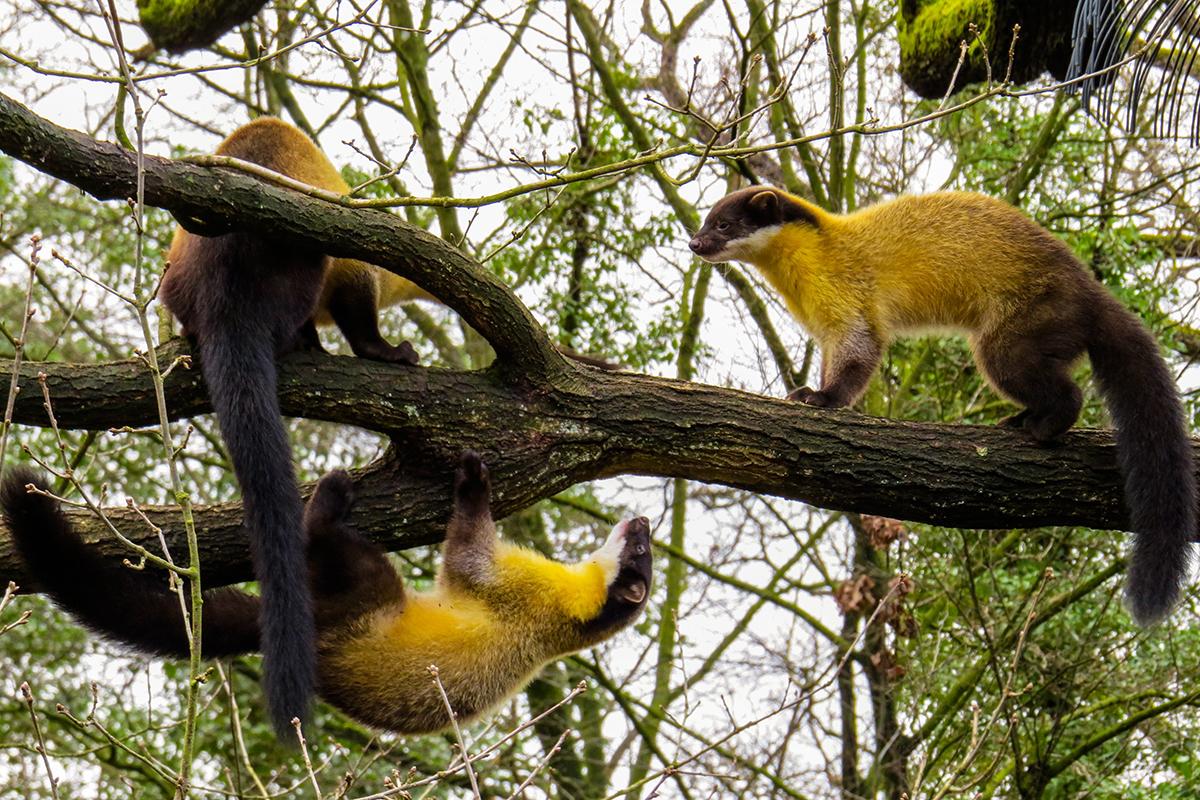Whether badgers, weasels or otters, mustelids differ not only externally from each other but also by their method of locomotion. Brandon Kilbourne investigates how the limbs of the various mustelid species have evolved. For his project, he is investigating 41 of a total of 60 mustelid species, all of which have a common ancestor. Mustelid species can be divided into four groups based on their locomotion: Swimmers, climbers, diggers, and generalists.
Measuring the bones
How have limbs changed, especially in connection to different locomotion habits? To find answers, Kilbourne first examined individual bones of the limbs for their external dimensions, such as length and diameter. Then computed tomography was used to visualize and measure the internal structure of each bone in order to find out how well the bones can withstand compression, bending and twisting. In the preparation laboratory of the Museum für Naturkunde Berlin, he performs anatomical dissections of roadkill mustelids and measures various parameters of muscles, such as the length of the muscle fibre bundles and muscle mass. The length of these fibre bundles can be used to determine how much the muscles can potentially contract, and the muscle mass provides information about the muscle's ability to generate mechanical power "All the processes that have created individual limbs are quite impressive," explains Kilbourne. With the help of computer models, the researcher can simulate the past evolution of these animals and has discovered that the internal and external dimensions of bones likely evolved through different evolutionary processes.
Digging and swimming cost strength
With regard to the four locomotor groups, the scientist predicted that swimming and digging mustelids, since water and earth are denser substances than air, should therefore have structurally stronger and more robust bones than climbing and generalist mustelids. Additionally, the more robust bones of swimming specialists likely act to counteract buoyancy during swimming. Current results are consistent with these predictions. Of the four groups, climbers have the most gracile bones. Though very preliminary results from dissections tentatively suggest that specializations for locomotion in mustelids may evolve more by changes in the skeleton rather than by changes in muscle properties (e.g., mass, fiber bundle lengths). In the future it is planned to study other species of mustelid native to Asia and Africa.
Partners
Humboldt-Universität zu Berlin
Duration
01.04.2015 – 31.03.2018
Funding
German Reasearch Foundation - DFG
